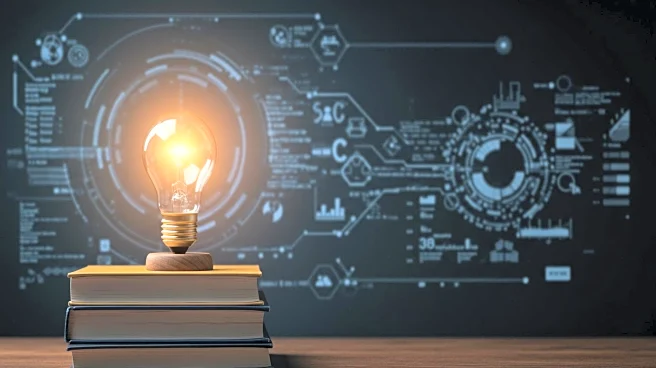What's Happening?
A Stanford University study has found that teachers are increasingly using artificial intelligence (AI) tools to enhance productivity, focusing more on teacher-facing features rather than student-facing chatbots. The study analyzed usage logs from the AI platform SchoolAI, tracking 9,000 U.S. teachers over a 90-day period. It revealed that 41% of teachers became regular users, engaging with the platform between eight and 49 days, while 1% were identified as 'power users,' logging in for 50 or more days. The study highlights a trend where teachers prefer AI tools that support their productivity, such as lesson generators and grading aids, over student-facing chatbots.
Why It's Important?
The increasing use of AI by teachers signifies a shift in educational practices, potentially enhancing teaching efficiency and effectiveness. By focusing on productivity tools, teachers can streamline administrative tasks, allowing more time for direct student engagement. This trend could lead to improved educational outcomes and a more personalized learning experience for students. However, it also raises questions about the role of AI in education and the balance between technology and traditional teaching methods. The findings suggest that AI is becoming an integral part of the educational landscape, influencing how teachers plan and execute their lessons.
What's Next?
The next phase of the Stanford study will delve into the content of teacher-AI interactions and explore student engagement with the platform. This analysis could provide insights into how AI tools are shaping educational practices and student learning experiences. As AI continues to evolve, educational institutions may need to consider policies and training programs to support teachers in effectively integrating AI into their workflows. Stakeholders, including educators, policymakers, and technology developers, will likely monitor these developments to ensure that AI tools are used responsibly and effectively in education.












